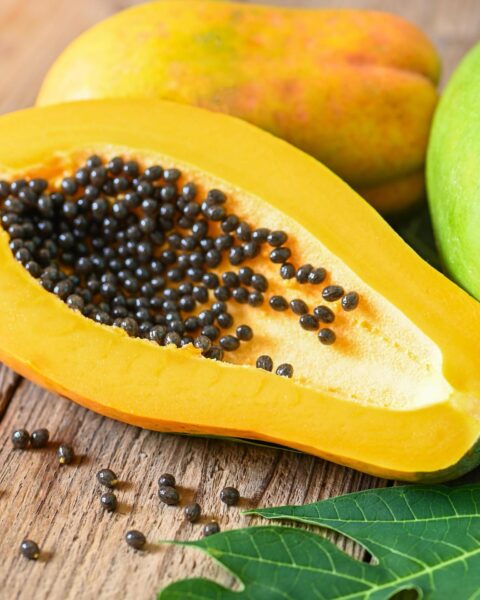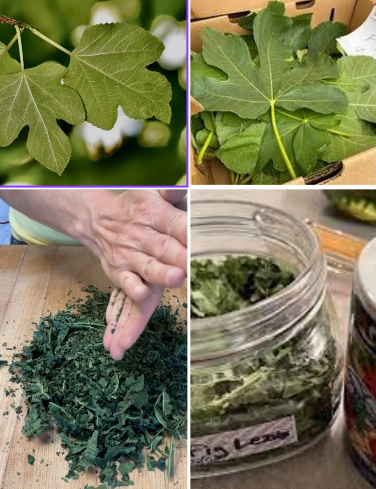Blackberries are not only delicious fruits but also relatively easy to grow, making them an excellent choice for gardeners with limited space. Even if you don’t have a garden, you can still enjoy the benefits of homegrown blackberries by cultivating them in pots. With the right care and techniques, you can successfully grow blackberries in containers on your patio, balcony, or even indoors. Here’s a comprehensive guide on how to grow blackberries in pots.
Choosing the Right Container: Selecting the appropriate container is crucial for the success of your blackberry plants. Opt for large pots with a minimum diameter of 18 inches and a depth of at least 12 inches to accommodate the extensive root system of blackberry plants. Ensure that the containers have drainage holes at the bottom to prevent waterlogging, which can lead to root rot.
Selecting the Right Variety: When growing blackberries in pots, choose compact or dwarf varieties specifically bred for container gardening. Thornless varieties are preferable for easier maintenance and harvesting. Some popular cultivars suitable for container growth include ‘Baby Cakes,’ ‘Bushel and Berry™ Black Cascade,’ and ‘Dwarf Tupy.’
Soil Requirements: Use a well-draining potting mix with a slightly acidic pH level ranging between 5.5 and 6.5. You can either purchase a pre-made potting mix suitable for berries or create your own by mixing equal parts of peat moss, compost, and perlite or vermiculite. Avoid using garden soil, as it tends to become compacted in containers and may contain pests and diseases.
Planting: Plant blackberry bushes in pots during the early spring, preferably after the last frost date in your region. Place the container in a location that receives full sun for at least six to eight hours a day. Before planting, soak the blackberry roots in water for about an hour to ensure they are well-hydrated.
When planting, place the blackberry plant in the center of the container, ensuring the roots are spread out evenly. Backfill with potting mix, firm the soil gently around the plant, and water thoroughly.
Watering and Fertilizing: Consistent watering is essential for blackberry plants, especially during the growing season. Keep the soil consistently moist but not waterlogged. Check the moisture level regularly, especially during hot weather, and water when the top inch of soil feels dry.
Fertilize blackberry plants with a balanced fertilizer or a fertilizer formulated specifically for berries. Apply fertilizer according to the manufacturer’s instructions, typically in early spring as new growth begins and again in late spring or early summer.
Support and Pruning: Provide support for blackberry plants to keep them upright and promote better fruit production. Install a trellis, stake, or cage in the pot to support the canes as they grow. Train the canes to grow vertically by tying them to the support structure with soft garden twine or plant ties.
Prune blackberry plants regularly to maintain their shape, remove dead or damaged canes, and encourage new growth. Pruning is typically done in late winter or early spring before new growth appears. Trim the canes to the desired height and remove any lateral branches that are crowding the plant.
Harvesting: Blackberries are ready for harvest when they turn shiny black and easily detach from the plant with a gentle tug. Harvest ripe berries every few days to prevent overripening and encourage continuous fruit production throughout the growing season. Simply pluck the ripe berries from the plant, taking care not to damage the surrounding foliage.
Conclusion: Growing blackberries in pots is a rewarding endeavor that allows you to enjoy fresh, homegrown fruit even in limited spaces. By following these tips and techniques for container gardening, you can successfully cultivate blackberries on your patio, balcony, or indoors. With proper care and attention, you’ll soon be enjoying a bountiful harvest of sweet and juicy blackberries straight from your own potted garden.





